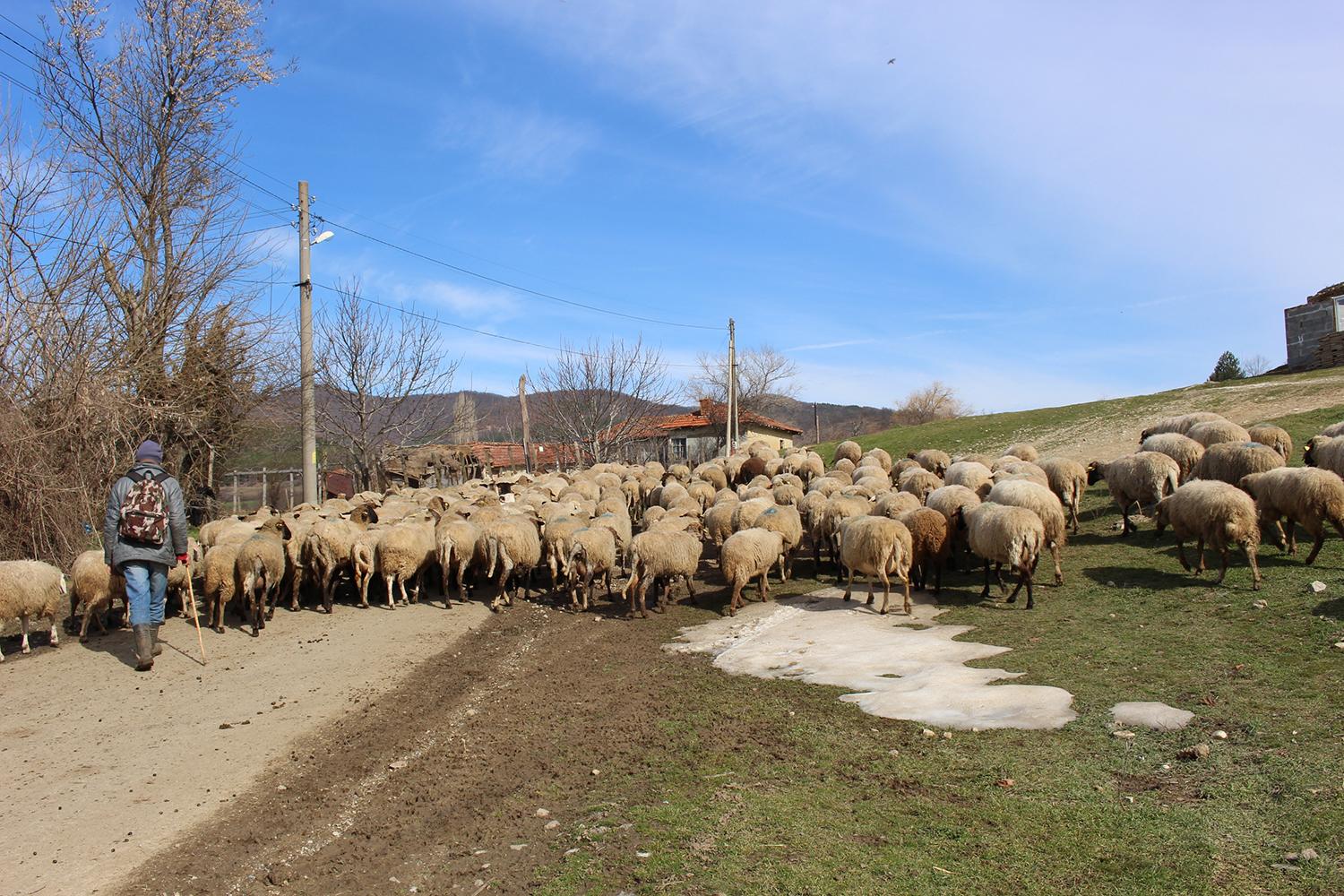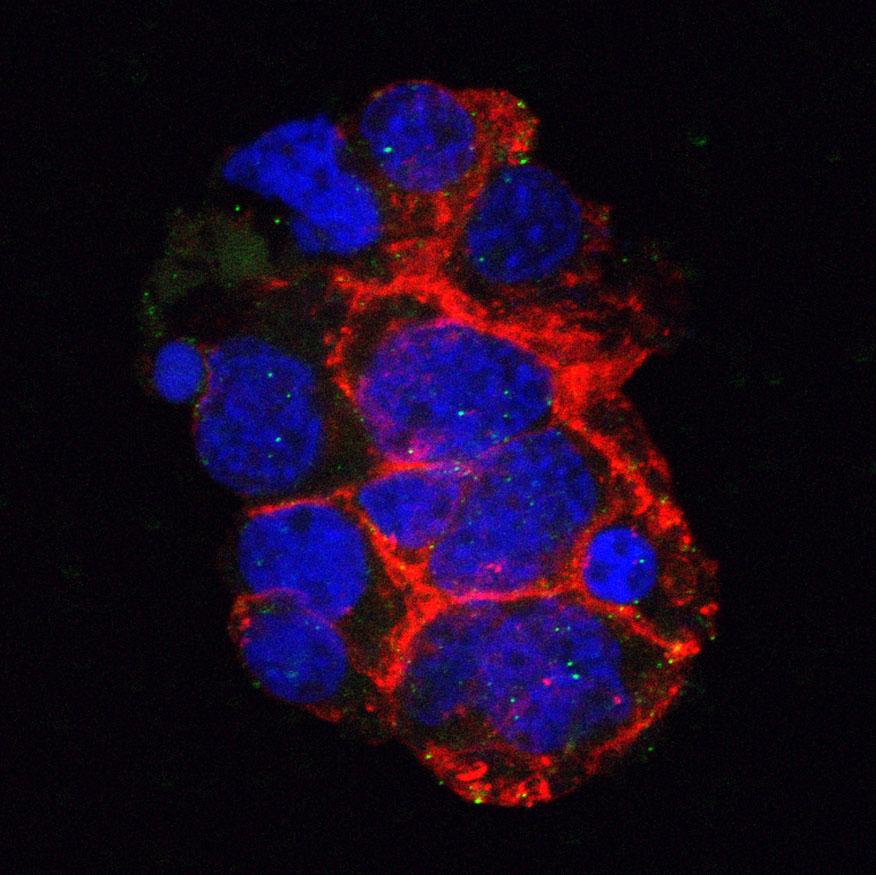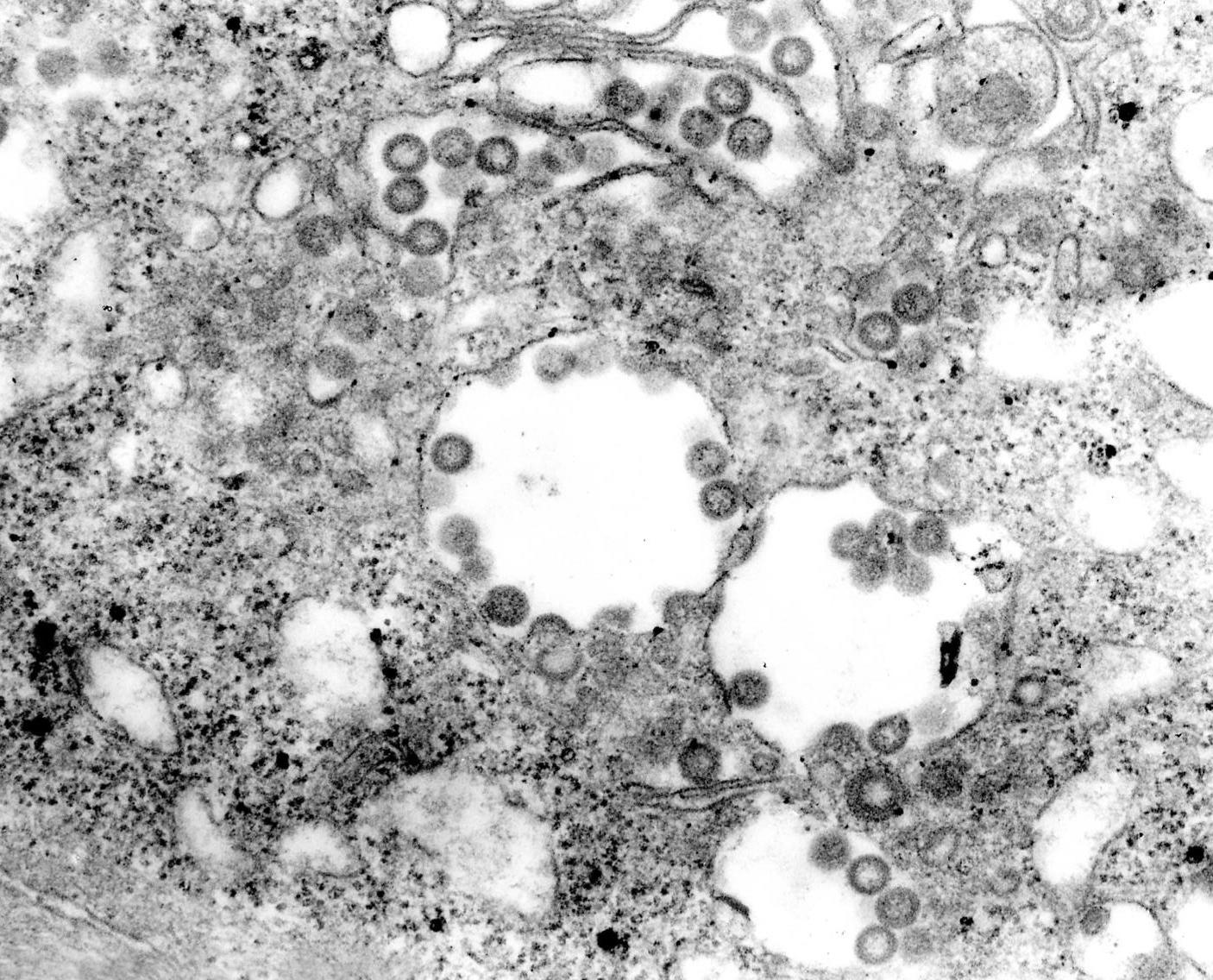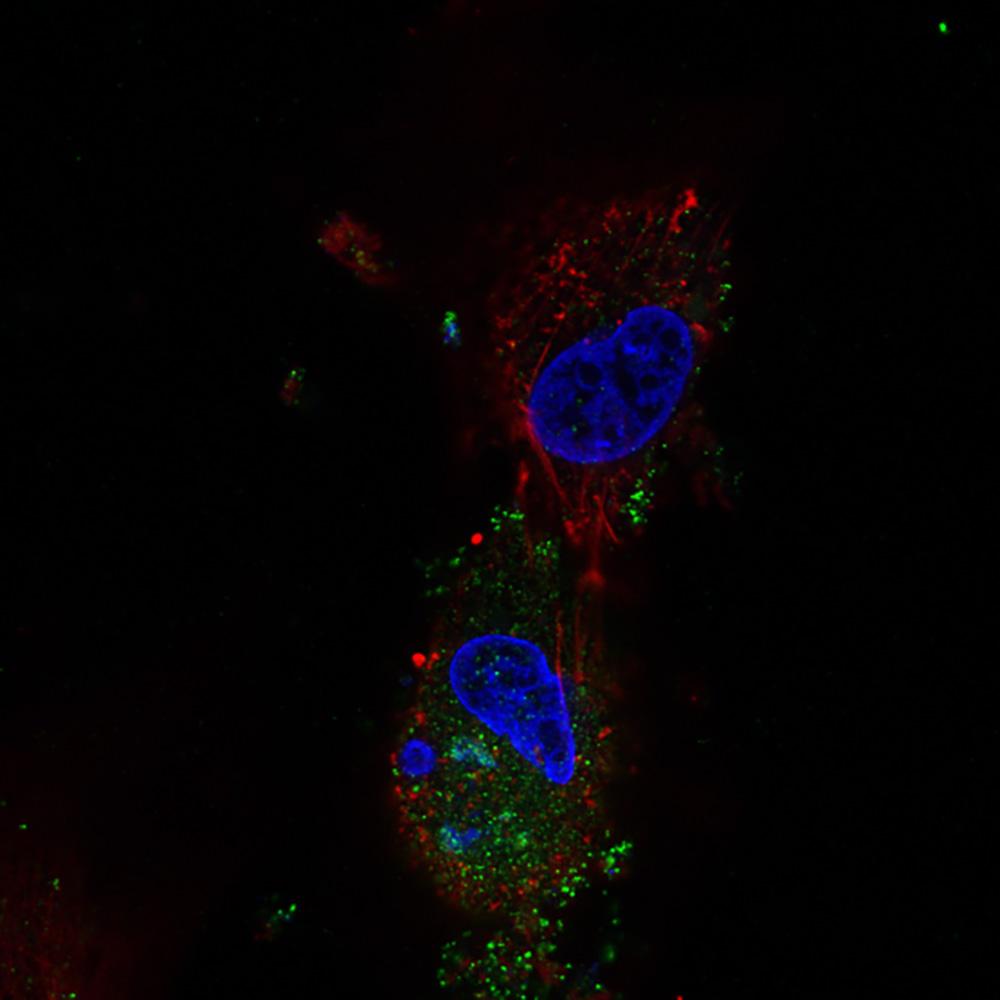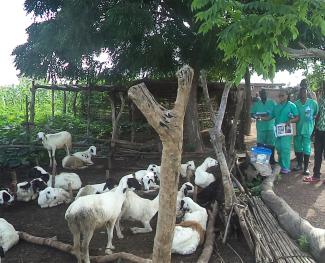The epidemiology of animal and zoonotic diseases, along with their impact on people’s livelihoods, is intricately linked to the incentives for disease control. However, these dynamics are complex and often studied in isolation.
Our group studies how the drivers of disease transmission, spread, and emergence are connected to their effects on people's livelihoods and health.
Our aims
- To understand drivers of disease transmission and spread, with a focus on transboundary animal diseases.
- To assess pathways for diseases emergence.
- To understand and quantify the impact of animal diseases, and control measures, on peoples’ livelihoods and health.
- To inform the design of control tools and policies.
Our research
Drivers for diseases transmission and spread
Role of livestock markets in Nigeria
Livestock markets are the main points of animal trade in many countries (including Nigeria), embedded in local traditions and acting as social places.
In collaboration with the National Veterinary Research Institute (Nigeria), the Transmission Biology group and the WRL-FMD (at Pirbright), we are assessing the role of livestock markets in the transmission and spread of transboundary animal diseases, as well as testing the effectiveness and acceptance of different interventions to reduce transmission of animal disease.
Understanding drivers of lumpy skin disease (LSD) spread in India
LSD has rapidly expanded its geographical distribution in the last few years. In collaboration with the National Institute of Veterinary Epidemiology and Disease Informatics (India), the Royal Veterinary College (UK), and the Non-Vesicular Reference Laboratory and the Vector Ecology group (at Pirbright), we are quantifying potential drivers of LSDV infection in India and assessing the effectiveness of vaccination over time.
Outbreak investigation
In collaboration with the reference laboratories at Pirbright and in-country partners, we are designing field studies to understand epidemiological characteristics, immune dynamics and risk factors of transboundary animal diseases.
Drivers for disease emergence
Nairoviruses include important animal (e.g. Nairobi sheep disease virus (NSDV)) and zoonotic (e.g. Crimean-Congo haemorrhagic fever virus (CCHFV)) pathogens. In collaboration with Oregon State University, University of Oxford, University of Glasgow and ILRI in Kenya we are assessing the role Nairovirus diversity loss on disease emergence, specifically CCHF, and the potential role of vaccines to reduce the risk.
Impact of animal diseases and control measures on peoples’ livelihoods and health
The impact of animal and zoonotic diseases, as well as the unintended consequences of some control measures, extend across multiple interconnected domains, including financial, nutritional, and environmental. Understanding the links and trade-offs between them is critical to minimise unintended consequences when developing control policies.
We are assessing and quantifying the socio-economic impact of animal and zoonotic diseases, and their control measures at different scales.
Work in this theme is often conducted in collaboration with the Royal Veterinary College (RVC), Global Burden of Animal Diseases (GBADs) and City, University of London.
Our impact
An important part of our work is to advice on disease spread and control to various international organisations and national governments, and to develop tools that help stakeholders (farmers, field vets, policy makers) make informed decisions.
Dr Georgina Limon-Vega is designated expert for the World Organization for Animal Health (WOAH) Reference Laboratories for lumpy skin disease and for sheep pox and goat pox (since October 2023). She provides advice to WOAH, FAO and Defra on topics related to risk of incursion, spread and control of different transboundary animal diseases.
Work conducted in Nigeria, in collaboration with the Royal Veterinary Collage and the National Veterinary Research Institute, assessing the impact of sheep and goat pox virus and financial benefits of vaccination, feature in the BBSRC Impact Showcase 2022.
Work conducted in the past in Mongolia, in collaboration with the State Central Veterinary Laboratory, Pip Beard and Nick Lyons, evaluating the socio-economic impact of foot-and-mouth disease and control measures has been selected as a case study for the Impact Evaluation of BBSRC Translational Funding.
